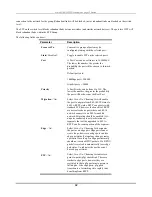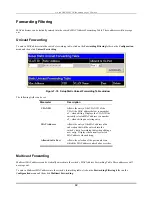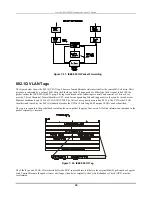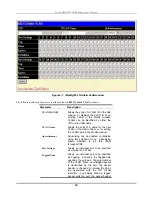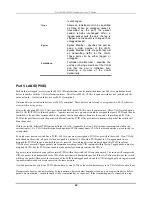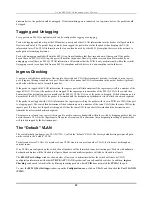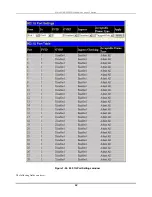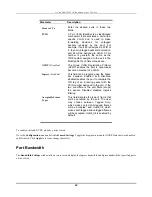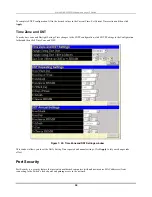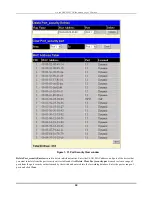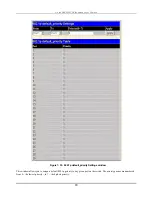
D-Link DES-3250TG Standalone Layer 2 Switch
if you prefer, manually enter a value in the
Rate
field, and then click
Apply
. Please note that if
no_limit
is
Enabled
, the Switch
will not permit you to set the bandwidth rate manually.
SNTP Settings
The DES-3250TG supports Simple Network Time Protocol (SNTP), an adaptation of the Network Time Protocol (NTP). As
specified in RFC-1305 [MIL92], NTP is used to synchronize computer clocks in the global Internet. It provides comprehensive
mechanisms to access national time and frequency dissemination services, organize the time-synchronization subnet, and adjust
the local clock in each participating subnet peer.
The access paradigm is identical to the UDP/TIME Protocol and, in fact, it is usually easy to adapt a UDP/TIME client
implementation to operate using SNTP. Moreover, SNTP is also designed to operate in a dedicated server configuration
including an integrated radio clock. With careful design and control of the various latencies in the system, it is possible to
deliver time accurate to the order of microseconds.
Current Time Settings
To enable
SNTP
on the Switch, click
SNTP Settings
in the
Configuration
folder and then click
Current Time Settings
:
Figure 7- 28. Current Time window
To use SNTP, toggle the SNTP State in the Current Time: SNTP Settings section to
Enabled
and enter the IP address of the
relay the SNTP Primary Server and/or the SNTP Secondary Server. Enter an SNTP polling interval in the bottom field. The
default setting of 720 seconds is usually fine for most network configurations; a greater polling frequency will draw more
network resources. Click
Apply
to let your changes take effect.
65


